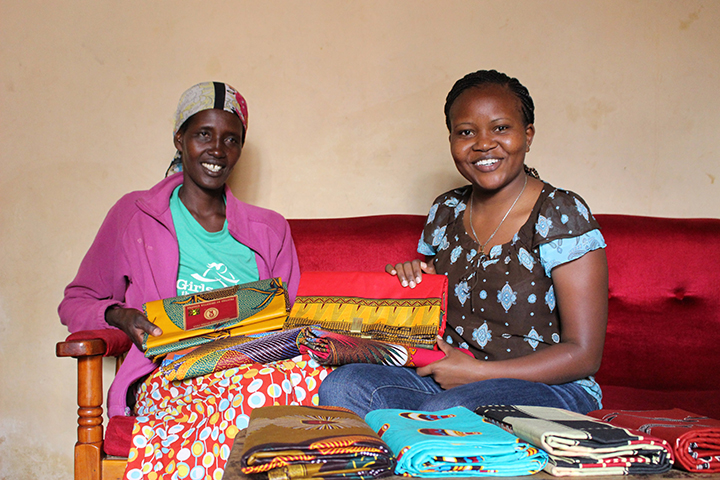By: Amy Slaughter (Chief Strategy Officer)
Would you be able to work if your kids weren’t in school? Or if you didn’t have stable housing? What if you had a serious, untreated health condition or lacked food security? The factors that allow us to thrive and support ourselves are all interconnected. So too are they for refugees, and yet refugee assistance programs are often siloed by sector: “go here for health care, there for counseling, another place for housing or food, and a fourth place to see if you can enroll your kids in school.” Good luck, without transportation or speaking the local language. Good luck, with little money and few social contacts. And good luck even getting through the entry gate when you’re one of thousands of refugees in need of assistance.
Siloed programming starts with siloed funding, which is typically how it comes from governments and multilateral donors who issue separate contracts to “implementing partners” to provide a particular service: food, education or health care, legal protection or water and sanitation. Refugees in urban areas are left to connect the dots – to try to assemble the complement of services that they need, often at great expense in terms of time and money, and often with little luck. Interactions between aid workers and refugees abroad are typically “one-off,” with no coordination of care or “case management.” It is little wonder that refugees remain dependent on aid when no attention is given to eliminating their barriers to self-reliance in a planful, coherent way.
RefugePoint sought to change that in Nairobi for its own clients and to test approaches that might improve refugee service provision broadly. Borrowing lessons from the U.S. program for resettling refugees and helping them get back on their feet, RefugePoint offers a one-stop-shop of coordinated services to address housing, food, healthcare, psychosocial counseling, education, livelihoods, and small business capital needs. Case managers accompany families throughout their journey, making the needed internal and external referrals. Clients help create their own case plans and goals, drawing on their strengths and assets as well as identifying areas for which support is needed.
Using this approach, RefugePoint has been able to ‘graduate’ nearly 3,000 refugees off of its assistance, with sufficient income to support their families. This despite the fact that most clients were initially considered highly ‘vulnerable’ or at risk. While the approach is still being refined and tested, early results point to the possibility that a coordinated set of stabilizing services – that explicitly eliminate barriers to self-reliance – can result in self-reliance for refugees desiring it.
These are the sorts of services that resettled refugees receive when it’s assumed they are remaining permanently in their new country. Treating refugees in their “temporary” host countries as if they are being resettled makes sense since history tells us many will be there indefinitely. And if not, if they get a durable solution (repatriation, permanent local integration, or resettlement), so much the better. They’ll be better prepared for any eventuality, will have preserved their strengths and assets in the meantime, and will have added value to the socio-economic life of their host communities.
To find out more about RefugePoint’s approach in Nairobi, read this field report published in the Journal of Refugee Studies in August. Creating the ‘self-reliance runway’ approach (i.e. helping highly vulnerable refugees reach a point where they can engage in economic pursuits) would not have been possible without private donors and foundations that were willing to take a chance on innovation and buck the norm of siloed, sector-based responses. Let’s hope that their investment leads the way for the large bilateral and multilateral donors to expand successful program approaches, particularly as the field looks for ways to operationalize Goal 2 of the Global Compact on Refugees: “expanding self-reliance.”
Quotes from our clients about self-reliance:
“When you’re on assistance, your well-being is unstable.
You never know when you will be cut off.”
“Now that I have a business, I feel more integrated into the community.
I can even help my neighbors when they need help.”
“It is stressful being on assistance. It would be better to be self-sufficient.”
